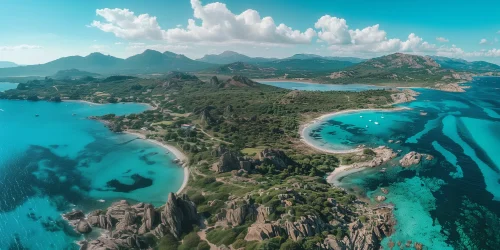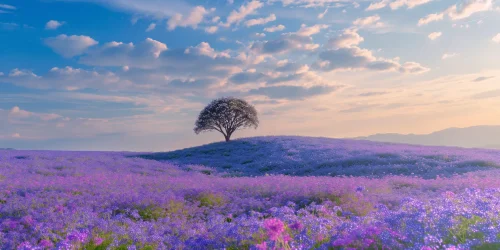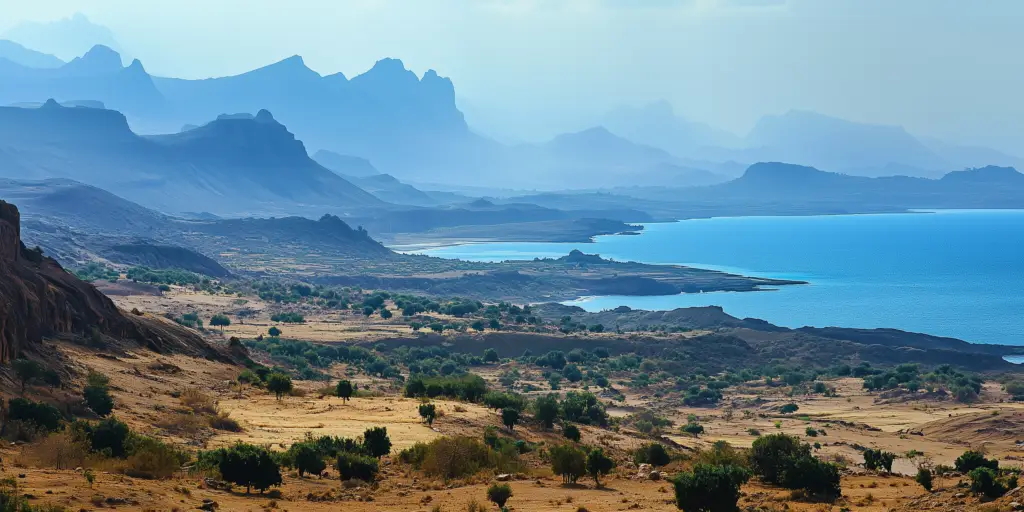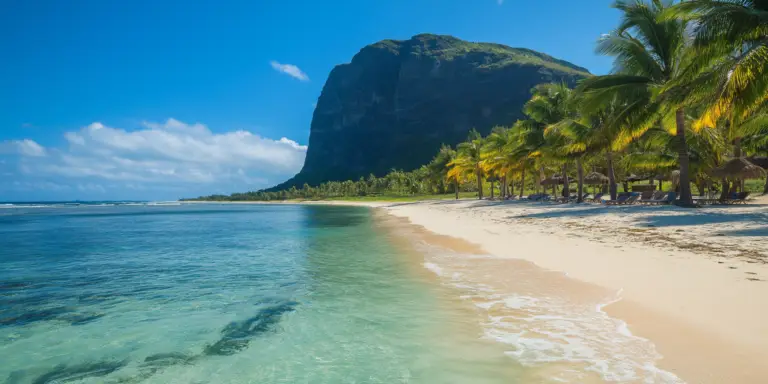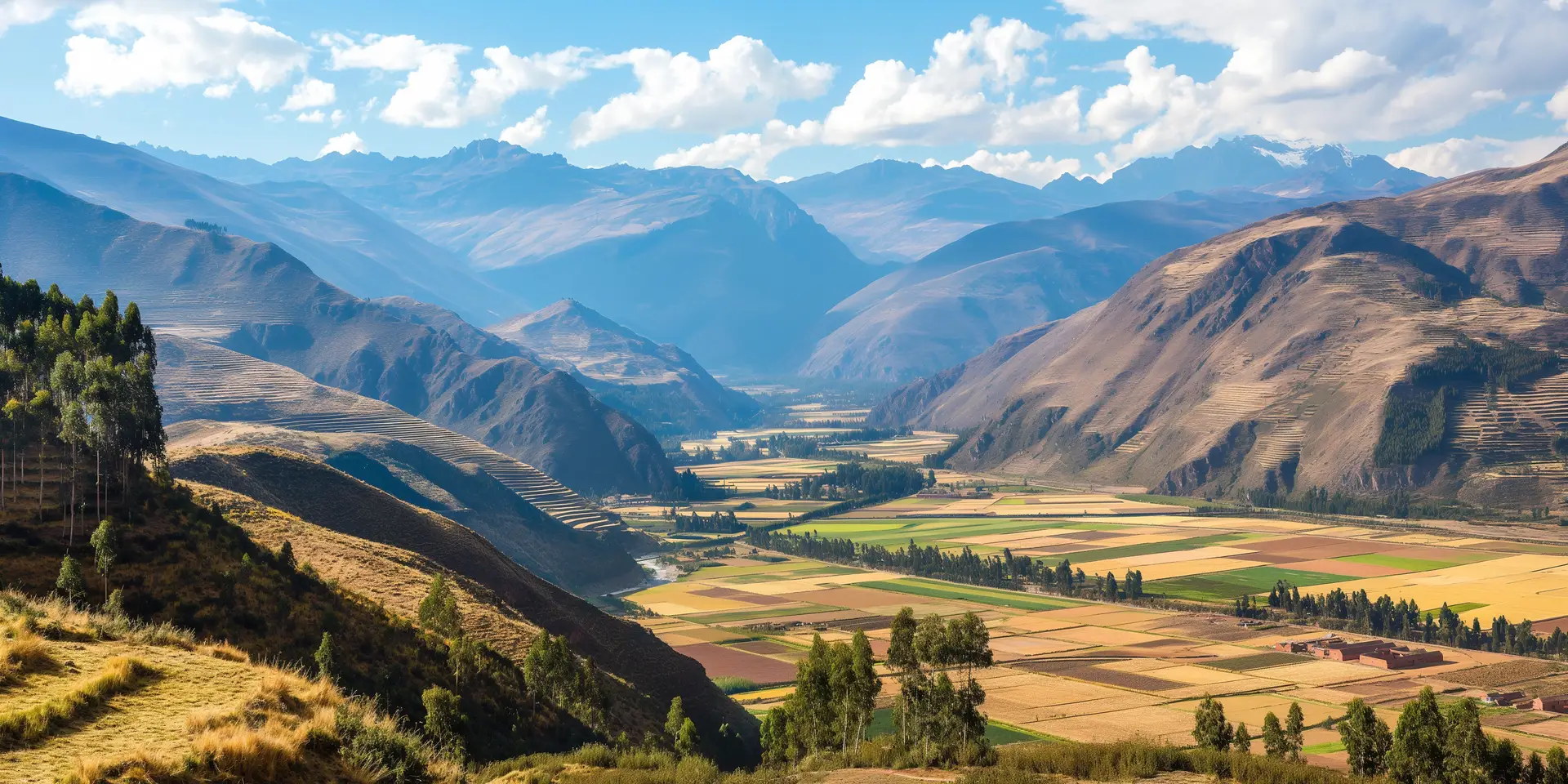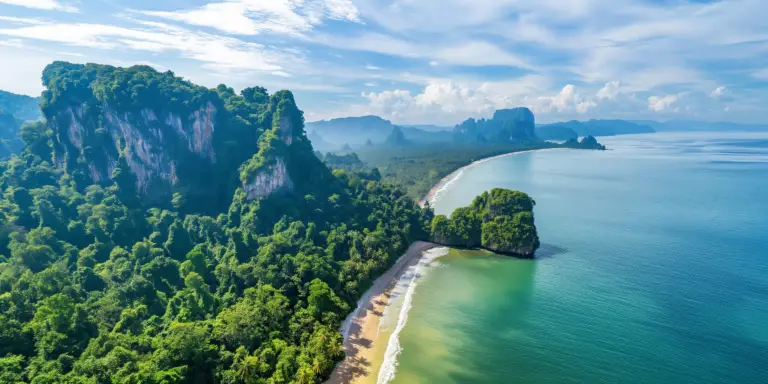Eritrea, a relatively undiscovered treasure in the Horn of Africa, offers a unique blend of ancient history, diverse cultures, and stunning landscapes. From the vibrant capital city of Asmara, with its well-preserved colonial architecture, to the tranquil shores of the Red Sea and the rugged highlands, Eritrea promises an adventure unlike any other. Join me as we explore the must-visit destinations, local cuisines, and cultural experiences that make Eritrea a captivating destination.
Asmara: The Modernist Marvel
Asmara, Eritrea’s capital, is a city that effortlessly blends the old with the new. Known as “Little Rome” for its well-preserved Italian colonial architecture, Asmara is a UNESCO World Heritage site and a paradise for lovers of modernist design. Start your journey with a stroll down Harnet Avenue, the city’s main thoroughfare, where you can admire buildings like the Fiat Tagliero Building, an iconic example of Futurist architecture resembling an airplane ready to take flight.
The Cinema Impero, a stunning Art Deco theater, and the Cathedral of Asmara, with its Romanesque style, are other architectural highlights. For a taste of local life, visit the Asmara Central Market, where you can find everything from fresh produce to traditional crafts. Don’t miss the National Museum of Eritrea, which offers a fascinating glimpse into the country’s history and culture.
Massawa: The Pearl of the Red Sea
From Asmara, take a scenic drive or ride the historic Asmara-Massawa Railway to the coastal city of Massawa. Known as the “Pearl of the Red Sea,” Massawa boasts a unique blend of Ottoman, Egyptian, and Italian influences, reflected in its architecture and culture. Wander through the old town’s narrow streets, lined with coral stone buildings and mosques, and visit the Dahlak Kebir, an archipelago that offers some of the best diving and snorkeling opportunities in the Red Sea.
The Imperial Palace, built by the Turks in the 16th century, and the Sheikh Hanafi Mosque, one of the oldest mosques in Africa, are must-see landmarks. Enjoy a leisurely evening by the waterfront, where you can savor fresh seafood and watch the sunset over the Red Sea.
Keren: A Blend of History and Culture
Traveling inland, the town of Keren offers a charming mix of history and culture. Known for its colorful markets and friendly locals, Keren is a great place to experience the everyday life of Eritreans. Visit the Keren War Cemetery, a poignant reminder of the battles fought here during World War II, and the St. Maryam Dearit Church, built inside a large baobab tree.
The Camel Market, held every Monday, is a lively spectacle where you can see traders from across the region buying and selling camels. It’s a fascinating insight into the local economy and traditions. For a unique experience, head to the nearby Hot Springs of Akwar, where you can relax in natural thermal pools surrounded by picturesque scenery.
The Dankalia Region: A Journey to the Afar Triangle
For the more adventurous traveler, the Dankalia Region offers a journey into one of the most remote and striking landscapes in the world. Located in the southern part of Eritrea, this region is part of the Afar Triangle and features dramatic geological formations, salt flats, and volcanic activity. The Danakil Depression, one of the hottest and lowest places on Earth, is a surreal landscape of salt plains, sulfur springs, and lava lakes.
Visit the Lake Assal, a saline lake surrounded by salt deposits, and the Erta Ale Volcano, one of the few active lava lakes in the world. The Afar people, known for their resilience and unique culture, inhabit this region, and a visit to their villages provides insight into their traditional way of life.
Culinary Delights: A Taste of Eritrea
Eritrean cuisine is a delightful fusion of Mediterranean, African, and Middle Eastern flavors. The staple food is injera, a spongy flatbread made from teff flour, which is used to scoop up various stews and dishes. Zigni, a spicy meat stew, and shiro, a chickpea-based dish, are popular choices.
Seafood is abundant in coastal areas, with dishes like asa tibs (fried fish) being a local favorite. For a unique dining experience, try ful, a savory fava bean stew often eaten for breakfast, accompanied by freshly baked bread.
Don’t forget to enjoy the traditional Eritrean coffee ceremony, a social event where coffee is roasted, ground, and brewed in front of guests. It’s a ritual that symbolizes hospitality and community.
Travel Tips: Making the Most of Your Eritrean Adventure
- Respect Local Customs: Dress modestly, especially in rural areas and when visiting religious sites. Cover your shoulders and knees, and remove shoes when entering mosques.
- Stay Hydrated: Eritrea’s climate can be hot, particularly in the lowlands and desert regions. Drink plenty of water and use sunscreen.
- Learn Basic Tigrinya: Simple phrases like “selam” (hello) and “yekenyeley” (thank you) can go a long way in making connections with locals.
- Travel Permits: Some regions, particularly the Dankalia Region, require special travel permits. Ensure you arrange these in advance.
